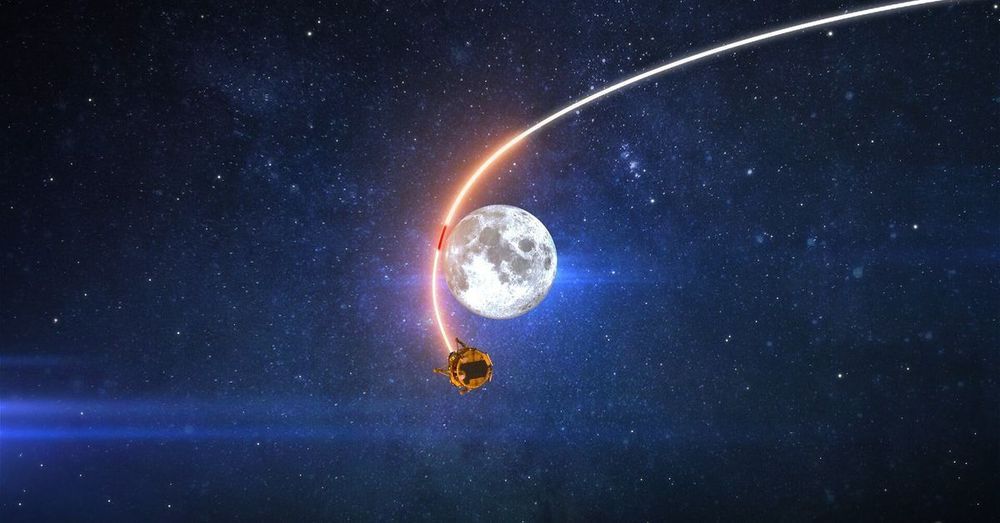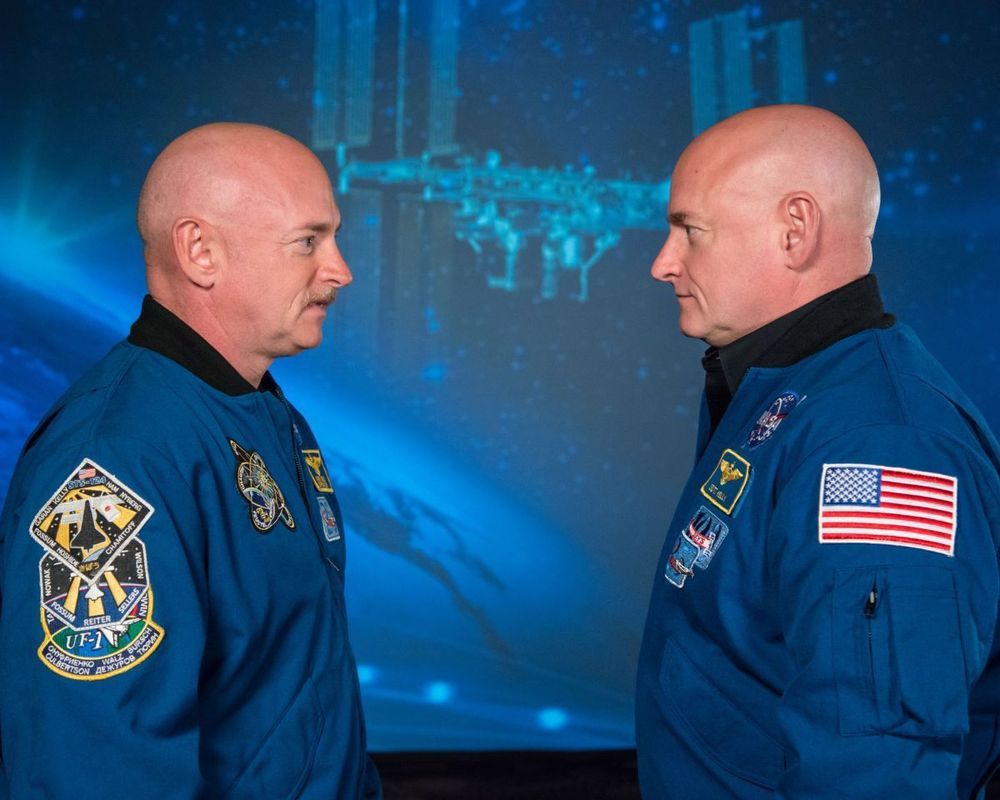Never mind how to get there—what will we live in on the Red Planet? Personal Tech columnist David Pierce examines designs from Bjarke Ingels, Foster + Partners and others.
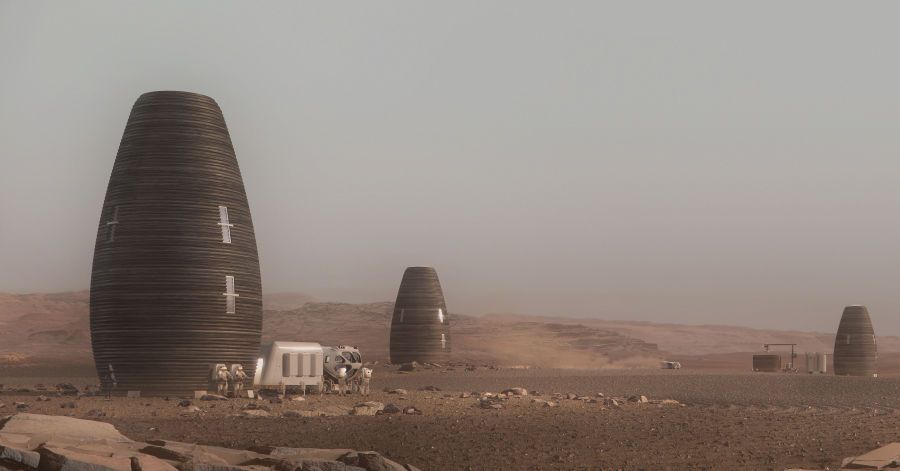

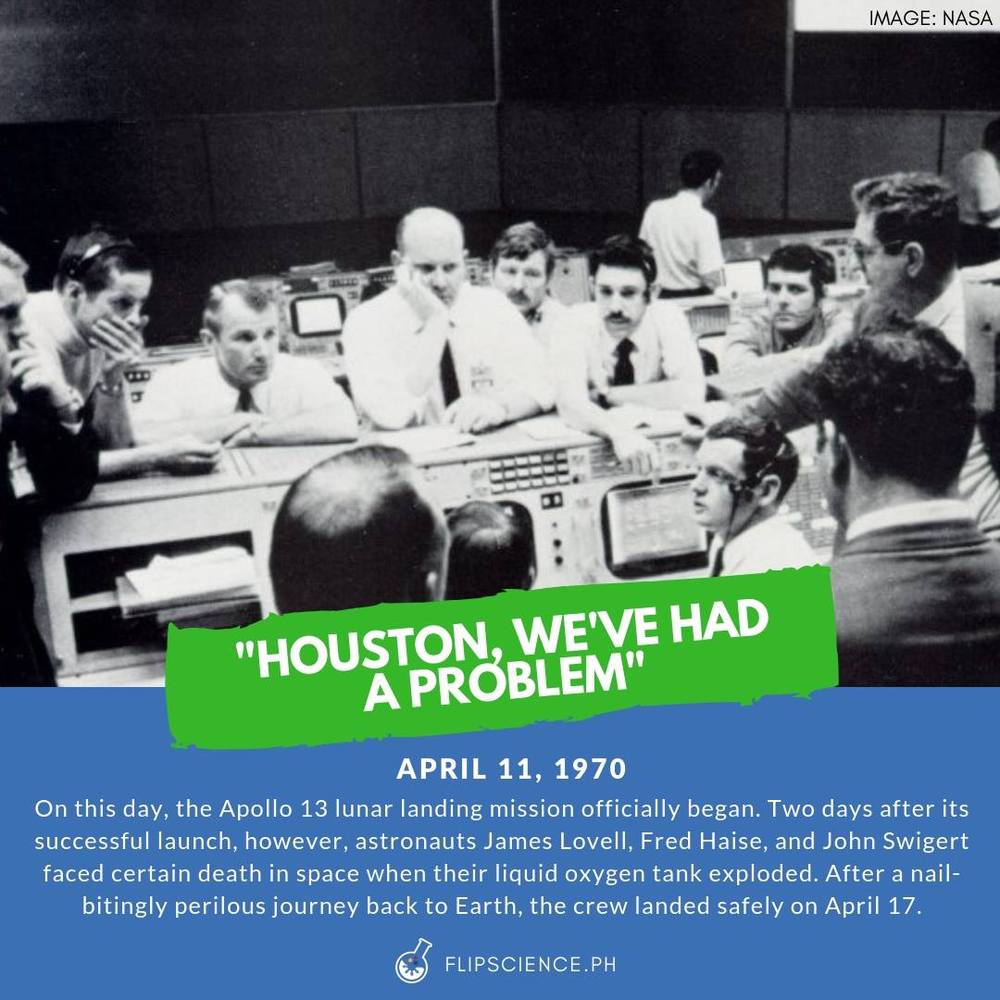
On April 13, the crew had already traveled 200,000 miles away from Earth when one of the oxygen tanks exploded, forcing them to abort the mission and head back, fighting for their own survival.
You may be familiar with the immortal line “Houston, we have a problem,” which was supposedly uttered by Lovell in the 1995 film “Apollo 13.” Actually, the real quote was “Houston, we’ve had a problem,” and it was Swigert who said it.

Scientists have identified special types of brain cells that may allow us to simulate the decision-making processes of others, thereby reconstructing their state of mind and predicting their intentions. Dysfunction in these ‘simulation neurons’ may help explain difficulties with social interactions in conditions such as autism and social anxiety.
Researchers at the University of Cambridge identified the previously-unknown neuron type, which they say actively and spontaneously simulates mental decision processes when social partners learn from one another.
The study, published today in Cell, suggests that these newly-termed ‘simulation neurons’ — found in the amygdala, a collection of nerve cells in the temporal lobe of the brain — allow animals (and potentially also humans) to reconstruct their social partner’s state of mind and thereby predict their intentions.

Scientists from the University of East Anglia have discovered a unique oil eating bacteria in the deepest part of the Earth’s oceans—the Mariana Trench.

Presents its list of the top 30 FemTech Influencers, whose efforts in the FemTech Healthcare, FemTech Preventive Medicine and FemTech Longevity sectors have helped to grow the industry to its current state of maturity.
Jill Angelo genneve Elina Berglund Natural Cycles Starling Bank Tania Boler Elvie Ghela Boskovich Judith Campisi Adia Femtech Collective Dame Products EMBR Robin Starbuck Farmanfarmaian Cora Lifestyle Angie Lee Janet Lieberman Nuala Murphy Moment.Health Elena Mustatea Bold Health Anastasia Georgievskaya Haut.AI Maven Clinic THINX Nicole Shanahan Clearaccessip, Inc. Tammy Sun Ida Tin
Link to the Report: https://www.aginganalytics.com/femtech-healthcare-q1-2019
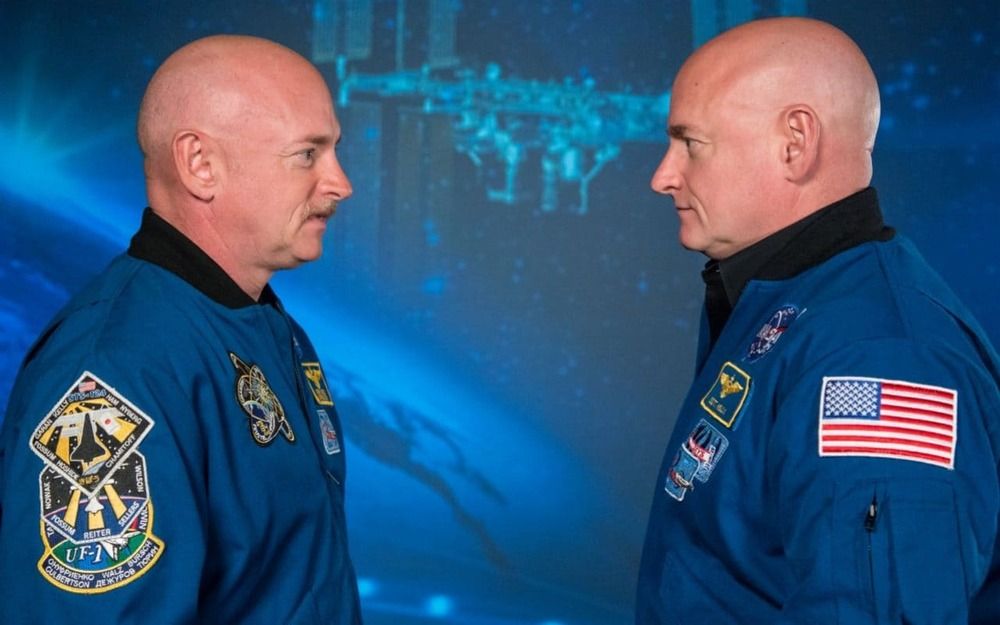
When NASA set out to study identical twin astronauts, leaving one on Earth and sending the other to the International Space Station (ISS) for a year, they expected that the rigours of microgravity would have largely negative impacts.
But on board the ISS, Scott Kelly, 51, underwent a very strange transformation which has left scientists scratching their heads.
The telomeres in his white blood cells got longer. Telomeres are the protective caps which sit at the end of chromosomes, protecting the DNA inside, like the plastic aglets on the end of shoelaces.
